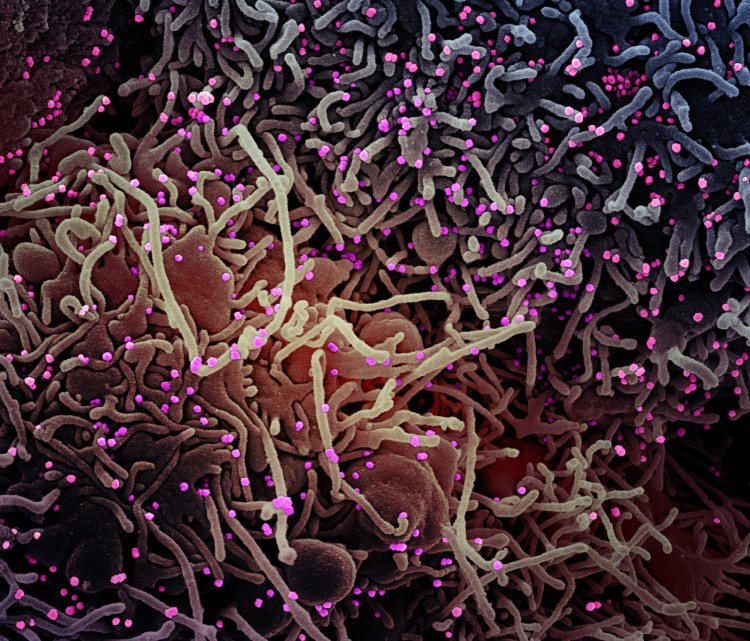A medical study confirms SARS-CoV-2 (severe acute respiratory syndrome coronavirus 2), the virus that causes COVID-19, very easily infects people in a house where someone is sick from COVID-19.
The study by the U.S. Centers for Disease Control and Prevention (CDC) also said household transmission of SARS-CoV-2 is common, frequent and occurs early after the onset of the illness.
It reveals 53% of people involved in its survey living with a COVID-19 positive person became sick from the disease within a week. It also found 75% of infections among those infected were transmitted within five days or less.
The study authors warned that people "who suspect that they might have COVID-19 should isolate, stay at home, and use a separate bedroom and bathroom if feasible." It also said all household members, including the infected person, should wear face masks within shared spaces in the household.
The study said isolation must start as soon as a person suspects he might be sick, even before any testing is done.
"Persons who suspect that they might have COVID-19 should isolate, stay at home, and use a separate bedroom and bathroom if feasible," said the study.
In the study, 40% of sick patients slept in the same room with another person in their household before they knew they had the disease.
The study also warned family members to greatly limit their face time with their infected relatives. It found out most sick patients said they'd spent about four or more together in the same room with the people they live with on the day before they started feeling unwell.
This pre-symptomatic period is precisely when SARS-CoV-2 is at its most infectious -- and most dangerous.
"It's because the disease can spread at that moment that the disease is so contagious," said Dr. Mike Ryan, Executive Director of Health Emergencies at the World Health Organization (WHO).
"That's why it's spread around the world in such an uncontained way."
SARS-CoV-2 spreads more quickly between people who are indoors and close together in poorly-ventilated spaces. This explains why people become infected by those they live, breathe, sleep, and eat with every day.
Few studies before this one systematically analyzed the transmission of SARS-CoV-2 in U.S. households. Previously reported transmission rates varied widely, while data on transmission rates among children were limited.
To assess household transmission, this new case-ascertained study was conducted in Nashville, Tennessee, and Marshfield, Wisconsin starting in April 2020.
The study, "Transmission of SARS-COV-2 Infections in Households - Tennessee and Wisconsin, April-September 2020," was released Friday.






